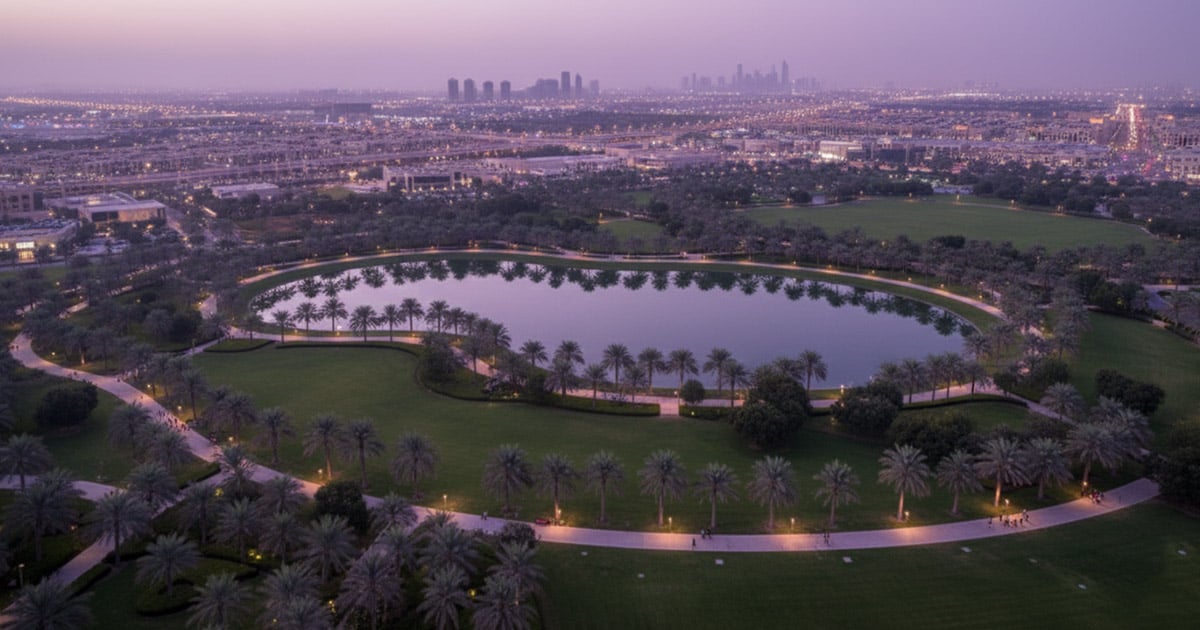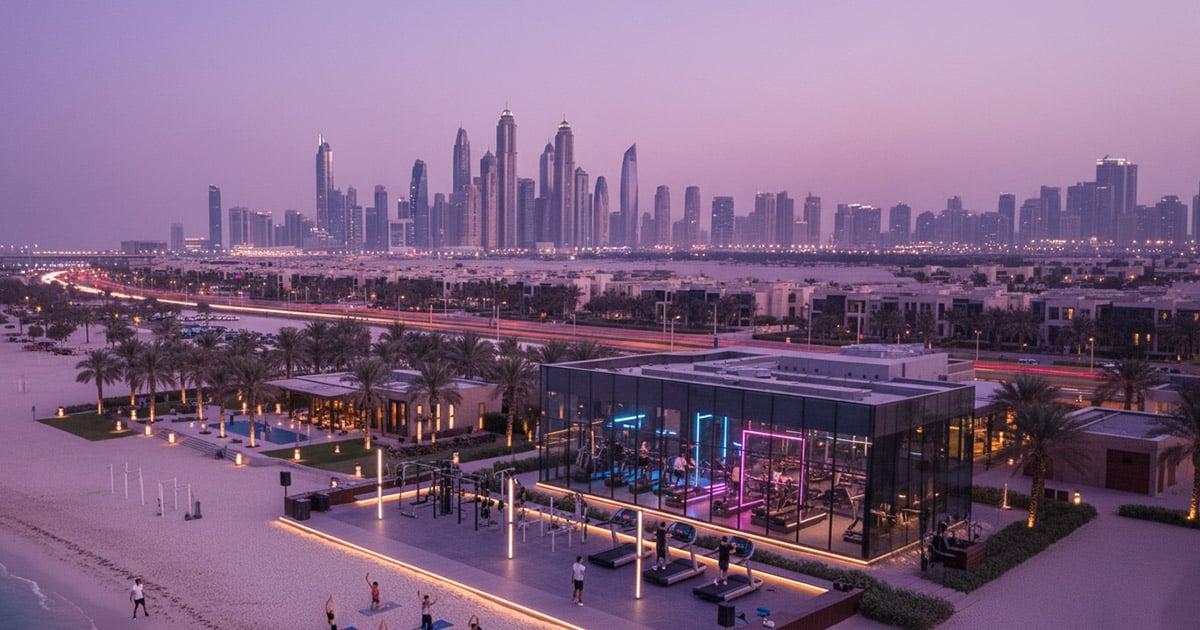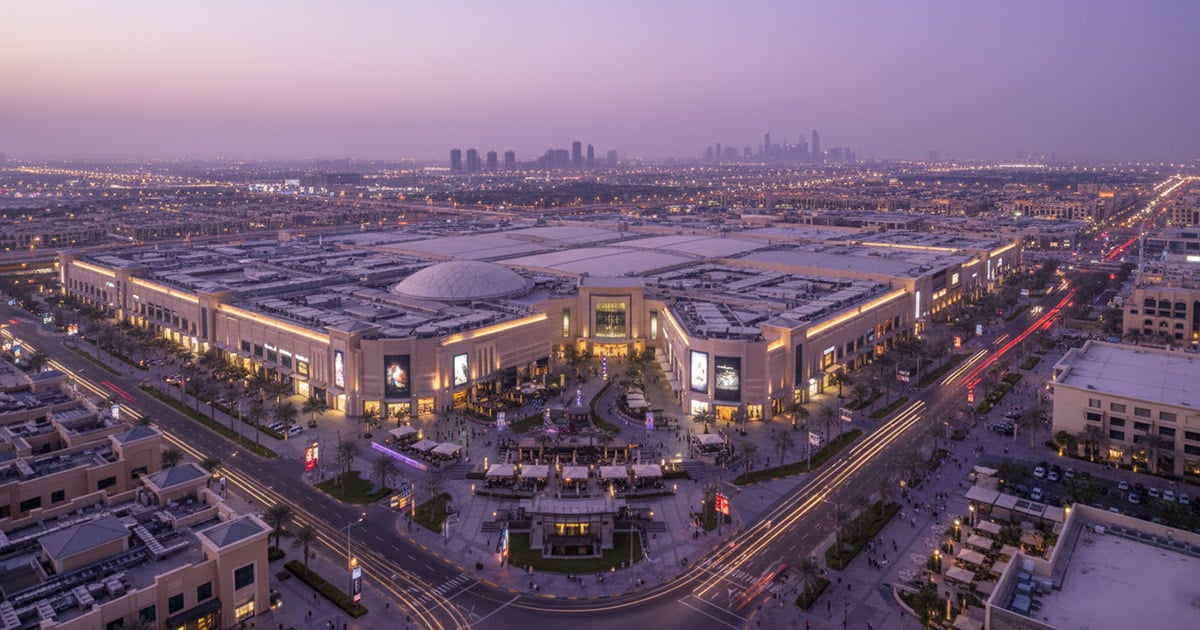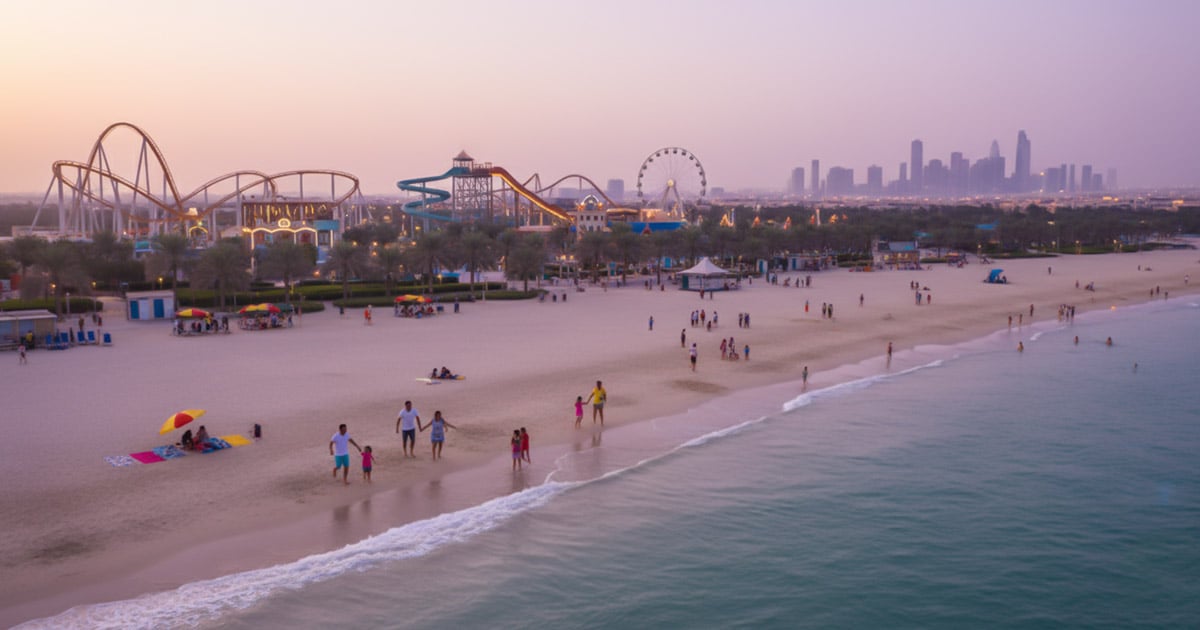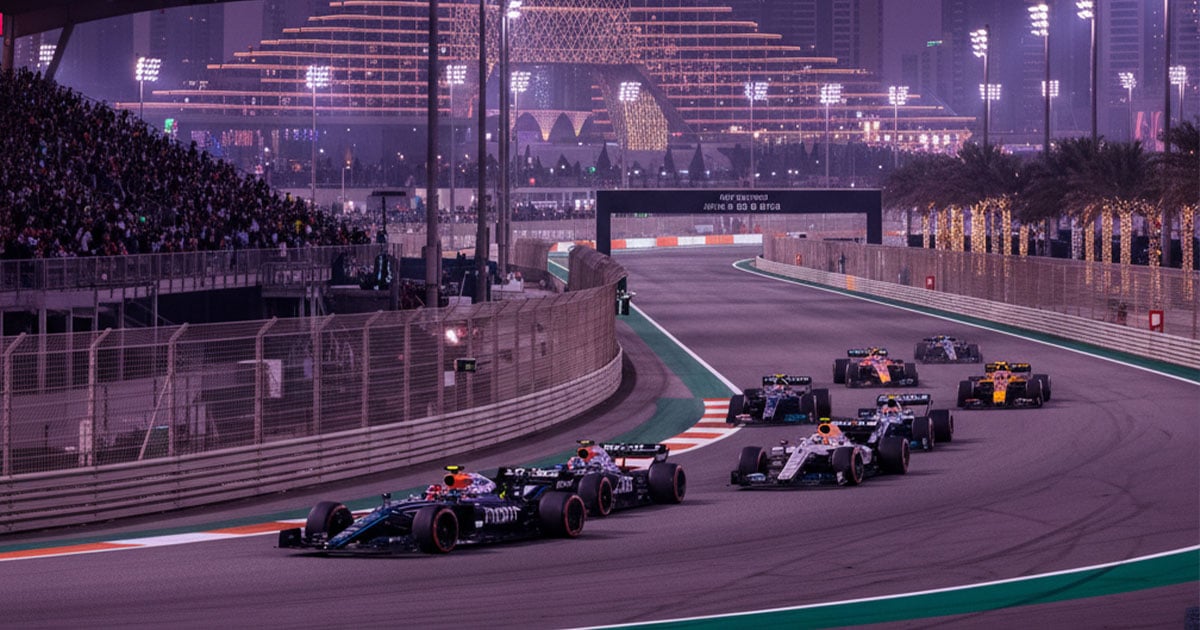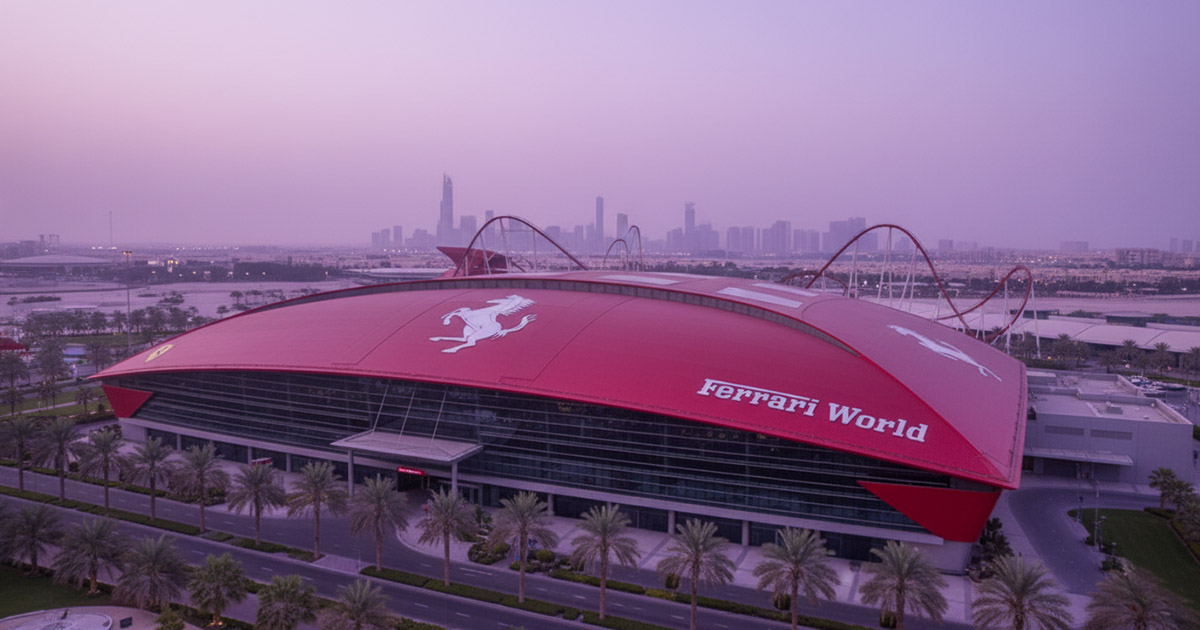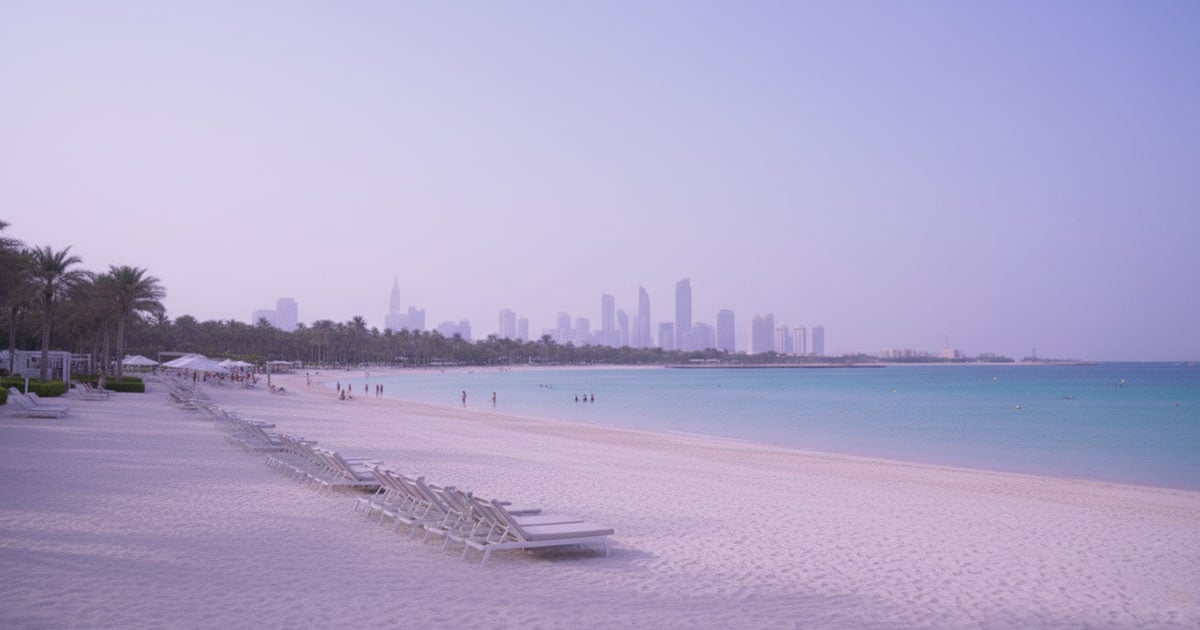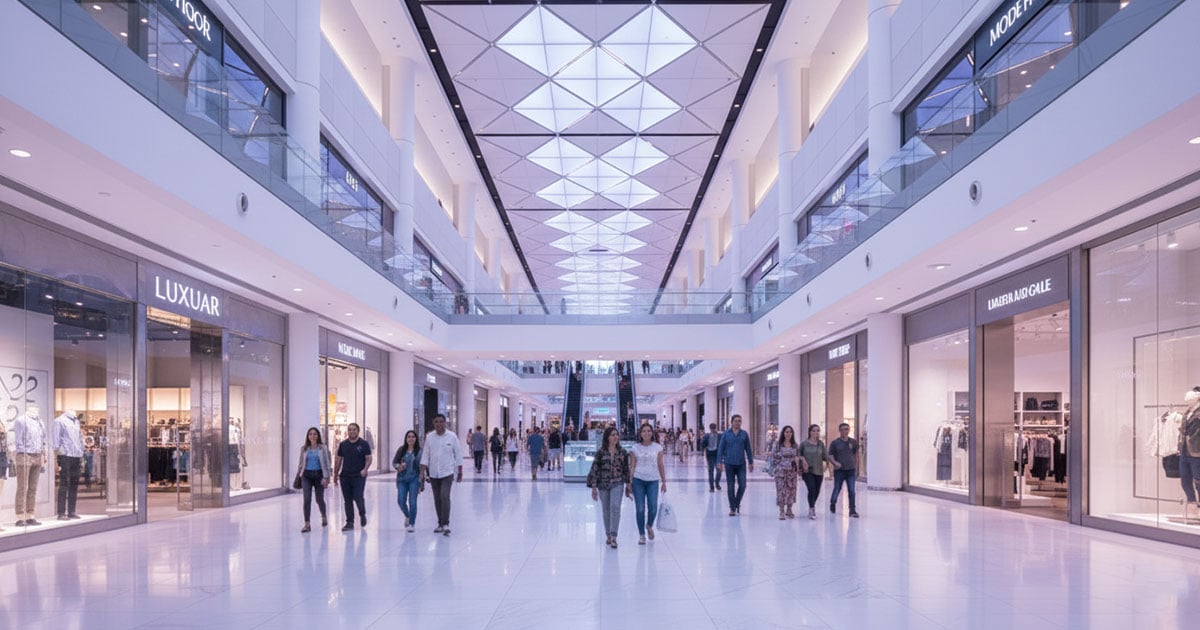When you commit to a long-term or extended stay in a city like Dubai or Abu Dhabi with estaie, your environment becomes part of the experience. Among the most valuable assets are green spaces parks, gardens, tree-lined promenades, and landscaped courtyards that offer refreshments for body and mind. These urban oases create balance, offering residents relief from heat, places to walk, socialize, and reconnect with nature even in dense cityscapes.
Green spaces are not just pretty areas on a map they are critical for quality of life. They help mitigate urban heat, absorb rainwater, support biodiversity, and reduce stress. For long-term residents, access to well-designed gardens turns neighborhoods into places you want to linger in, rather than just pass through.
Types of Green Spaces You’ll Love
Parks & Urban Parks
Large parks with walking paths, playgrounds, lawns, and shaded seating are at the heart of urban green space systems. Whether shaded tree groves in Dubai or waterfront parks in Abu Dhabi, these areas serve families, joggers, and those who want to read a book outdoors.
Community Gardens & Urban Agriculture
These are spaces where residents can plant vegetables, herbs, or flowers. In residential districts, community gardens provide a social setting and foster connection among neighbors while contributing to sustainability.
Green Roofs & Vertical Gardens
In dense high-rise districts, green roofs and vertical gardens bring nature upward. These features reduce cooling needs for buildings and create small tranquil pockets for residents to enjoy views, fresh air, and plants close at home.
Greenways, Trails & Green Corridors
Linear green spaces along canals, former rail lines, or between neighborhoods connect parks and communities. Walking or cycling along these green corridors becomes a scenic, safe alternative to roads, ideal for daily exercise or weekend strolls.

Urban Forests & Tree Canopies
Clusters of mature trees, pockets of woodland within the city, and street tree canopies form urban forests. These deliver shade, improved air quality, and a sense of escape even in busy districts.
Rain Gardens & Bioswales
Less obvious but essential, rain gardens and bioswales manage stormwater in urban areas, reduce flooding, and add aesthetic greenery in plazas and parking edges.
Why Green Spaces Matter for Extended-Stay Residents
For those staying long term, green spaces are more than breaks from busy schedules they are places of healing, connection, and identity. Walks in parks support physical fitness. Community gardens help meet neighbors. Quiet corners help focus or meditate.
Green spaces offer mental health benefits too: reduced stress, improved mood, and cognitive restoration. They enable you to feel rooted in the city, offering familiarity beyond shopping malls or tourist spots.
Urban planning today increasingly prioritizes gardens in new districts, ensuring that retail, residential, and social hubs are integrated with nature. For guests staying with estaie, this means access to landscaped walkways, pocket parks next to their apartment, or rooftop gardens just steps away.
Tips to Make the Most of Green Spaces During Your Stay
- Explore Various Zones: Try large parks for weekends, small garden pockets for daily breaks, and green corridors for jogging routes.
- Go Early or Late: Early mornings and late evenings offer cooler, quieter visits.
- Combine With Dining or Reading: Bring a picnic or a book to truly unwind.
- Engage Locally: Join community gardening groups, tree planting workshops, or outdoor yoga events.
- Support Maintenance: Respect rules (trash, no loud noise, don’t damage plants) to maintain green space quality.
FAQs
What defines a green space in an urban environment?
A green space is an area with grass, trees, shrubs, or vegetation intended for recreation or natural functions. Parks, gardens, green roofs, corridors, and bioswales all count. These areas provide shade, reduce heat, filter water, support biodiversity, and offer residents spaces for exercise, reflection, and socializing. For long-term residents, gardens turn neighborhoods into living, breathable environments.
Why are green spaces important in cities?
Green spaces help improve air quality by filtering pollutants, reduce urban heat through shade and evapotranspiration, mitigate flooding by absorbing rainwater, support plant and animal biodiversity, and offer mental and physical health benefits. For residents on extended stays, having access to these natural escapes in the city makes daily life more livable, calming, and balanced.
How can I locate quality green spaces in the UAE?
Look for public park maps in your district, check municipal green space programs, or use apps like Google Maps (“Park”) or local city planning sites. In new communities, check development masterplans for parks and gardens. estaie can also suggest nearby gardens or rooftop terraces in your neighborhood. Over time, you’ll discover hidden pockets and botanical corridors close to home.
Can green spaces support community building?
Yes community gardens, pocket parks, and plazas attract people for events, gardening, and social interaction. These shared spaces foster neighborliness, community programs, outdoor classes, and local markets. For extended-stay residents, participating in or enjoying these hubs builds connection and reduces the sense of isolation in a new city.
How do green roofs and vertical gardens benefit residents?
Green roofs and vertical gardens bring nature into dense urban areas without needing horizontal land. They reduce building heat gain, provide insulation, manage stormwater, and create soothing green views. For long-term residents in high-rises, access to rooftop gardens or planted walls offers a convenient escape without traveling far.

